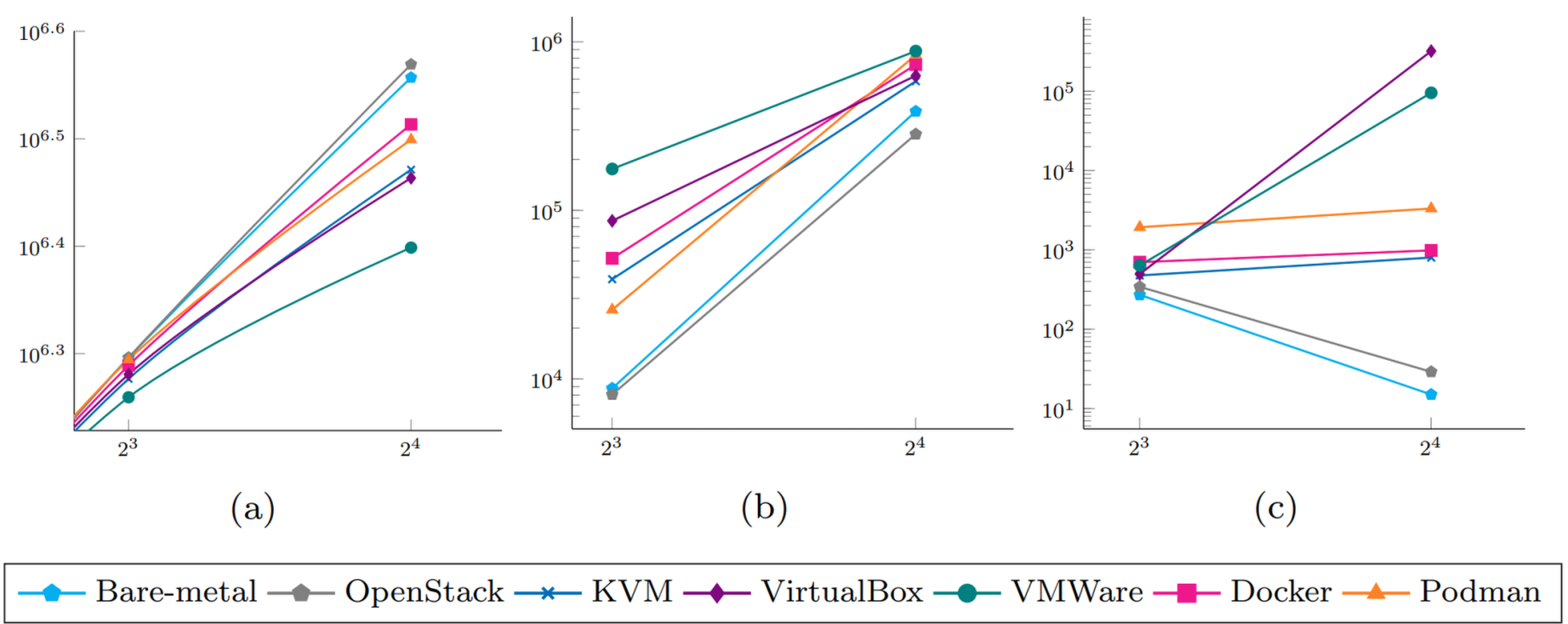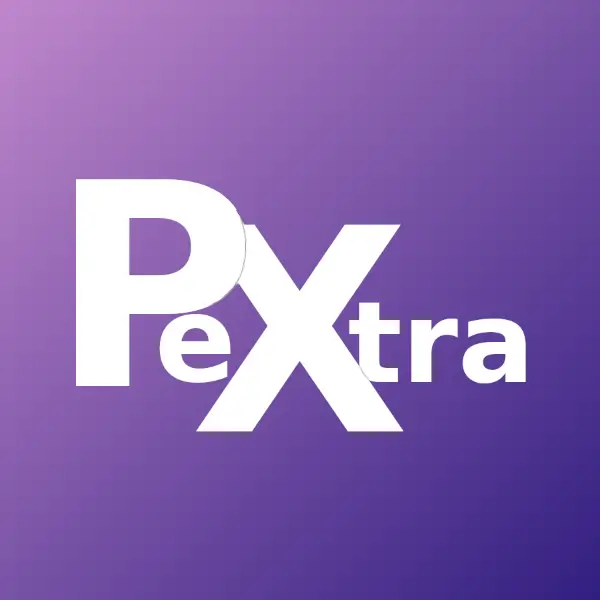Performance Comparison: KVM (QEMU) vs VMware ESXi
Ryan Alomari, CTO
·August 15, 2025

On this page:
Virtualization has become the backbone of today’s cloud and private-infrastructure ecosystems. Enterprises deploy hundreds of virtual machines daily to optimize utilization, ensure isolation, and streamline DevOps pipelines. Yet one persistent question remains: how much performance do we sacrifice for that flexibility, and which virtualization stack offers the best efficiency—KVM (QEMU) or VMware?
Virtualization Overview
Modern infrastructure platforms such as VMware vSphere®, Nutanix®, Pextra CloudEnvironment®, and OpenStack® rely on hypervisors to abstract hardware. The hypervisor is responsible for sharing CPU, memory, and I/O resources among virtual machines (VMs).
There are two major categories:
- Type 1 (bare-metal) hypervisors, such as KVM or VMware ESXi, run directly on the hardware.
- Type 2 (hosted) hypervisors, such as VMware Workstation or QEMU without KVM, run atop a host operating system.
KVM (Kernel-based Virtual Machine) uses Linux kernel extensions for near-native performance, while VMware hypervisors leverage proprietary kernel modules optimized for commercial datacenter workloads. We will focus on KVM (with QEMU) and VMware ESXi/Workstation, the most widely adopted solutions in enterprise environments.
Methodology & Benchmarks
Two studies from the University of Southern Denmark benchmarked leading virtualization technologies across CPU, memory, disk, and network workloads.
- The VTmark suite1 compared KVM and VMware Workstation against other VTs using standardized workloads such as Dhrystone, Whetstone, Bonnie++, and Iperf3.
- These findings were extended with a real-world stress test of a production-grade web application from Ordbogen A/S, comparing performance on bare-metal, KVM, VMware Workstation, Docker, and others2.
Each environment ran identical guest operating systems and benchmark configurations to isolate hypervisor overhead.
CPU Performance
CPU performance is critical for compute-intensive workloads. Both studies found that KVM introduces minimal CPU overhead—typically within 3–5% of bare-metal—while VMware Workstation/ESXi averages 5–15% loss, depending on host configuration.
KVM’s advantage stems from its tight integration with the Linux kernel, allowing direct use of hardware virtualization extensions (Intel VT-x, AMD-V). VMware compensates with sophisticated scheduling and caching but retains slightly higher latency in system calls.
Memory & Disk I/O Overhead
Memory performance shows little deviation: both hypervisors remain within a few percentage points of native throughput.
However, disk I/O reveals sharper differences. Benchmarks such as DBENCH and Bonnie++ showed:
- KVM/QEMU: ≈10–15% drop vs. bare-metal
- VMware Workstation/ESXi: ≈20–35% drop
VMware’s virtual disk stack provides richer snapshotting and storage migration features but incurs measurable overhead. In contrast, KVM’s virtio drivers and raw device passthrough enable leaner I/O paths—ideal for I/O-bound enterprise applications.
Network Throughput & Latency
Network benchmarks (Iperf3) showed both technologies reaching near-native throughput under moderate CPU load. Under saturation, VMware required more CPU cycles per packet. This correlates with prior results, where KVM achieved throughput closest to bare-metal, while VMware exhibited up to 30% higher CPU utilization for equivalent bandwidth.
Real-World Application Performance
In the Ordbogen A/S stress-test benchmark2, a live dictionary web application was deployed across bare-metal, KVM, and VMware Workstation. The test simulated concurrent user traffic while monitoring CPU, memory, and response times.
Key findings:
- Response latency on KVM averaged 4–7% higher than bare-metal.
- VMware Workstation latency rose by ≈18%, primarily due to disk I/O bottlenecks under concurrent load.
- Resource efficiency favored KVM, with lower host CPU consumption at equivalent throughput.
These results highlight how synthetic benchmarks align with realistic enterprise workloads: KVM maintains a closer-to-native performance profile even under mixed compute and I/O pressure.
Management & Ecosystem Trade-offs
While KVM excels technically, VMware vSphere offers an unmatched enterprise management ecosystem—including vCenter, vMotion, DRS, and mature vendor support. KVM’s ecosystem, particularly within Pextra CloudEnvironment® or OpenStack®, provides open-source flexibility, native API integration, and lower licensing costs.
Enterprises prioritizing performance per cost, vendor flexibility, and open infrastructure often favor KVM/QEMU. Those requiring enterprise-grade support, mature lifecycle tooling, and certified compliance may still prefer VMware vSphere.
Summary of Findings
| Metric | Bare-Metal | KVM (QEMU) | VMware (Workstation / ESXi) |
|---|---|---|---|
| CPU Performance | 100% | ≈97% | ≈90–95% |
| Memory Bandwidth | 100% | ≈98% | ≈97% |
| Disk I/O | 100% | ≈85–90% | ≈65–80% |
| Network Throughput | 100% | ≈95–100% | ≈90–95% |
| Platforms | N/A | OpenStack / Pextra | vSphere / vCenter |
Conclusion
From both academic and production-level perspectives, both KVM (QEMU) and VMware ESXi deliver near-bare-metal performance and superior resource efficiency, with KVM consistently outperforming VMware in CPU, disk I/O, and network benchmarks.
For organizations building scalable private clouds—such as those powered by Pextra CloudEnvironment®—KVM represents a cost-effective, high-performance backbone. VMware remains the benchmark for integrated enterprise virtualization and mature operational tooling, though at a significant licensing premium and vendor lock-in risk.
The choice ultimately hinges on specific workload requirements, budget constraints, and long-term infrastructure strategy.
References
-
Giallorenzo, S., Mauro, J., Poulsen, M. G., & Siroký, F. (2021). Virtualization Costs: Benchmarking Containers and Virtual Machines Against Bare-Metal. SN Computer Science, 2(5), 404. https://doi.org/10.1007/s42979-021-00781-8 ↩︎
-
Siroký, F. (2020). Performance and Virtualization Trade-offs. Master’s Thesis, University of Southern Denmark. Thesis Report ↩︎ ↩︎

